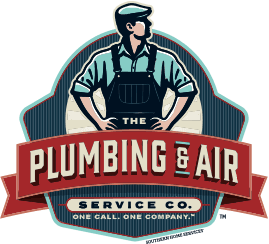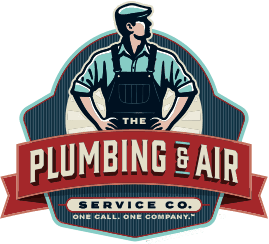Your home’s HVAC system works hard to keep your rooms cool in the summer and warm in the winter. When your home isn’t properly sealed, however, it has a hard time maintaining the right temperature. Leaks can occur in most places around your home, most commonly in the following areas:
- Ceilings
- Walls
- Floors
- Windows
- Doors
- Air ducts
- Fireplaces
- Fans
- Electrical Outlets
When you seal your home’s air leaks, not only does it help to keep things comfortable, it also keeps your energy bills down.
When your HVAC system doesn’t have to work as hard to regulate temperature, it can mean more savings and money in your pocket. Today, we’ll discuss how you can combat leaks and maintain your home’s temperature all year long.
Sealing Your Leaks With Spray Foam
If you’re looking for an effective way to keep the air inside, spray foam is the way to go. Most commonly used in attics and walls, spray foam is a type of insulation applied by professionals to create air seals within your home’s cracks, joints, and seams.
The energy efficiency of your home is improved with spray foam application because it keeps your heated/cooled air from escaping and prevents the air from outside making its way in. Most homes these days have spray foam insulation, but if yours doesn’t, you should consider having a technician install some.
Caulking Holes to Keep Air Inside
Caulking the holes on the interior and exterior of your home is an essential step to keeping the air inside your home. Cracks and gaps can form almost anywhere; You’ll want to specifically check these areas, however, to see if they require caulking:
- Window frames
- Door frames
- Joints and corners in your walls and siding.
- Chimneys
- Fireplaces
- Outlets
- Baseboards
- Roofs
- Cracks in masonry and stucco outside your home.
When you inspect for and apply caulking to fill gaps and holes in and around your home, it helps conserve energy by keeping your heated/cooled air inside and preventing outside air from coming in. If you need help, a technician can quickly assess where your home can benefit from caulking.
How Weatherstripping Can Help
Moveable components in your home, such as doors and windows, can be especially susceptible to drafts and air leaks. When not properly sealed, this can wreak havoc on your home’s indoor temperature, Luckily, weather stripping can help.
Installing weatherstripping that withstands friction from use is one of the best decisions you can make as a homeowner. Choose a high-grade weatherstripping product and use it to seal the bottom thresholds of your doors and windows. You can also utilize it on sliding doors.
Is your home properly insulated, caulked, and weatherstripped? Doing so can help keep your family comfortable all year round; Not to mention keep your energy bills down. If you need help in weatherizing and sealing your home, give The Plumbing & Air Service Co. a call at (336) 502-8540. We’ll handle the job quickly and efficiently!


